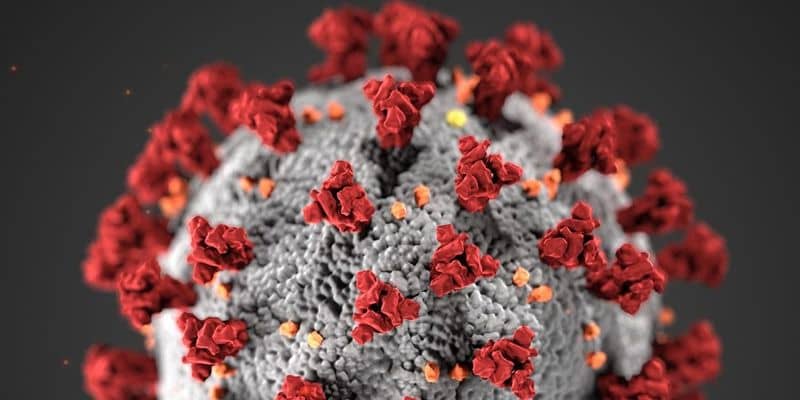
2 Alternative Medicine for Coronavirus: Ayurveda & Yoga
2 Alternative Medicine for Coronavirus: Ayurveda & Yoga
In this article, we will delve into two alternative medicine for coronavirus. They are yoga and Ayurveda for alternative medicine of coronavirus. The demand of yoga is growing after coronavirus and also the Ayurveda since both are the great alternative solutions for the coronavirus.
Role of Yoga
Yoga is ancient and one of the best alternative medicine for coronavirus. Yoga aids in rejuvenating mind, body, and soul through continued practice. There are various shreds of evidence that yoga is useful to coordinate with the various systems of the human body including the nervous, endocrine, and immune system. Therefore, yoga can be defined as the complete sets of skills required to bring the synergistic process that ultimately helps in the bidirectional feedback mechanism and the inflection of the nervous system by integrating between the CNS and the inputs from the various sensory parts like somatosensory, viscerosensory, and chemosensory.
Yoga for proper breathing
It is a well-known fact that breathing exercise provides a plethora of beneficial effects on our respiratory system. The standard or yogic term for breathing exercise is Pranayama. The simple yet useful intervention can provide humongous benefits to the practitioners. Furthermore, Pranayama is one of the alternative medicine for coronavirus that can be easily incorporated into the lifestyle to reap the benefits in multiple magnitudes.
Yoga is useful for both inspiratory as well as expiratory muscles. The lung function improves by practicing Pranayama. Practicing Pranayama regularly has shown the multitudes of positive effects on improving the cardiorespiratory coupling. Likewise, Pranayama helps to strengthen the parasympathetic nervous system of individuals.
Moreover, Kapalabhati pranayama helps in the toning of the diaphragm and muscles of the abdomen. Likewise, the harmful secretions of the bronchial trees are removed, the respiratory passages and alveoli are cleaned up. All in all the combination of the Kapalbhati and Anulombilom helps to improve the pulmonary activity in the swimmers. Furthermore, several types of research have pointed out the better effects of yoga in improving the pulmonary functions of patients suffering from Chronic Obstructive Pulmonary Disease (COPD).
Asana boosts physical ability.
Ayurveda an alternative medicine for coronavirus
Ayurveda is the ancient but one of the best alternative medicine for coronavirus that originated almost 3000 to 4000 years ago in India. The term Ayurveda is derived from two words Ayur, which means life and Veda refers to science or knowledge. The various Ayurvedic text suggests that the epidemic management is possible through Ayurveda, as Ayurveda can improve the immunity of the personnel and helps to prevent the rise of diseases by halting the progression of diseases by maintaining the homeostasis.
Role of Ayurvedic medicine as an alternative medicine for coronavirus
There are various recent shreds of evidence from the clinical trials that the phytoconstituents from Ayurvedic medicinal plants like W. somnifera (Ashwagandha), T. cordifolia (Giloy), and O. sanctum (Tulsi) is useful for treating COVID 19 patients. Likewise, the popularity of these medicinal plants like Giloy, Tulsi, Ashwagandha has beefed up to the level that many people have started planting them and it is helping to treat the COVID-19 patients.
Tinocordiside—an inhibitory phytochemical in Giloy
Giloy also called Gujro consists of 28 active phytochemicals, however, only one compound called Tinocaordiside (CID_177384) has the highest affinity to binding energy as per the YASARA scoring. The binding capacity of the phytochemicals significantly decreases the process of transcription and replication of the virus by turning the cleavage of polyproteins that produces NSPs.
The research work presents that the compound extracted from the Ayurvedic medicinal plants like W. somnifera (Ashwagandha), T. cordifolia (Giloy) and O. sanctum (Tulsi) could be predicted to serve as potential inhibitors of SARS-CoV-2 Mpro, with their significant binding affinity, stable MD runs, ADMET prediction, and drug-likeness properties.
The phytoconstituents helps to prevent the interaction of the protein of the virus with the cells of human to propagate inside the body. Furthermore, the phytoconstituents are useful to repurpose against the COVID-19 without producing any kind of toxic reaction.
